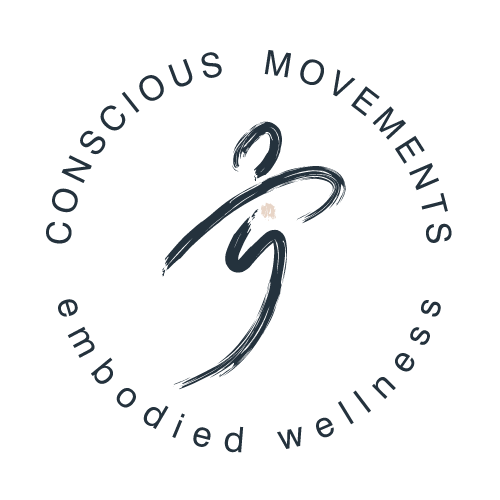Satisfied vs. Full
What is the difference between feeling satisfied and feeling full?
When we think about being mindful of eating until well before we are stuffed, we often think about noticing when we begin to feel full. But actually, this practice starts well before you even sit down at the dinner table.
Tuning in to your body's cues and not feeling deprived go hand-in-hand.
If you're going about your day in a satisfied state, tending to your nutritional needs as they arise, you won't show up to the dinner table ravenous. So when you feel like you're too hungry, you're more prone to eat faster, which leads to that stuffed and uncomfortable feeling before you even realize what is happening.
Why does the speed of the feed matter?
Because there's a delay between the feedback of the mechanical receptors in your belly & the chemistry in your blood to your brain. So, when you slow down, you give yourself time to sense what's happening within.
So, I invite you to start to think about what satisfaction truly is. Be present when you sit down, take part in the conversation, take time to enjoy how each bite tastes and makes you feel, and look at the entire meal as an experience. When you feel at peace in your body and surroundings, you'll be much more likely to notice when you have eaten enough to nourish your body without going overboard.
Slowing down at your mealtime and cultivating your capacity to sense the differences between satisfied and full are potent ways to improve your ability to listen to what your body is trying to tell you. The more you practice, the better you'll feel.
Why does this matter?
If you live with chronic pain, this is important for two reasons. First, there's a chance you've tried your best to quiet your body's cues because of the pain and discomfort. However, tuning into your body's needs is crucial for moving beyond pain. Second, this type of 'tuning-in' is another way to cultivate more safety and trust in your system.
💡What are some of the ways that you start to sense satisfaction?

